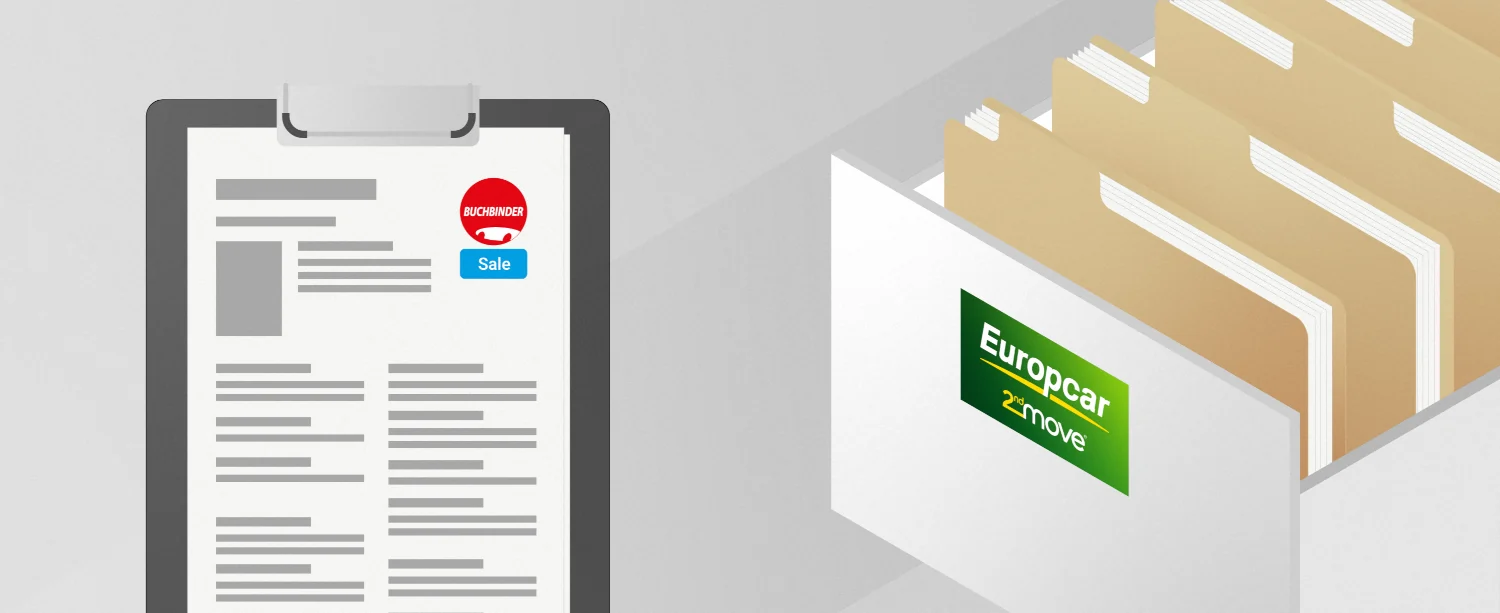Als Vorreiter für die Verwendung von elektrischen Transportern hat die Deutsche Post bis in die 1960er elektrische Kleintransporter mit einer Reichweite von 30 km/h genutzt. Die Entwicklung der E-Nutzfahrzeuge wurde damals aber aufgehalten, weil fossile Kraftstoffe damals kostengünstiger waren als Strom. Jetzt ist die Zeit aber reif. Die Umstellung auf E-Nutzfahrzeuge ist unvermeidbar geworden, da erkannt wurde, dass fossile Brennstoffe ein starker Treiber des Klimawandels sind.
Im Jahr 2014 hat die Post wieder nach Lieferanten für elektrische Paketautos gesucht, wurde aber nicht bei den großen Anbietern fündig und hat schließlich den kleinen Hersteller Streetscooter aufgekauft. Die Entwicklung der Fahrzeuge startete 2010 in Aachen unter der Leitung von zwei Professoren der RWTH für den Einsatz im Paketzustelldienst.
Elektrische Nutzfahrzeuge auf dem Vormarsch
Mittlerweile gibt es immer mehr Hersteller, die rein elektrische Nutzfahrzeuge verkaufen. Große Logistikfirmen wie GLS, UPS und Otto Group verfolgen das Ziel, mittelfristig klimaneutral zu werden. Amazon hat in den USA 100.000 elektrische Lieferwagen beim US-Hersteller Rivian gekauft.
Laut den Klimazielen des Klimaschutzabkommens von Paris im Jahr 2016 soll bis 2050 der gesamte Verkehr emissionsfrei sein. Um die Emissionen im Verkehr weltweit zu reduzieren, haben einige Länder wie die USA, Kanada, China, Japan und Indien bereits Grenzwerte für Nutzfahrzeuge eingeführt.
Die EU möchte bis 2030 die CO2-Emissionen von schweren Nutzfahrzeugen um mindestens 30 Prozent im Vergleich zum Jahr 2019 senken. Dafür müssen auch Handwerker und Lieferdienste für Gewerbe- und Privatkunden klimafreundlich unterwegs sein.
Ein Markt in stetiger Entwicklung
Bisher erreichen E-Nutzfahrzeuge wie Busse oder LKW einen realistischen Wert von 200 bis 300 Kilometer Reichweite. Dieser ist aber abhängig von der Fahrweise und wie viel Strom für die Verwendung von Heizung oder Klimaanlage verwendet wird. Die Schlüsselrolle bei der weiteren Entwicklung hat die Batterie. Je besser die Batterietechnologie, je größer die Reichweite. Hersteller und Zulieferer arbeiten kontinuierlich daran, Batterien und Ladetechnik effizienter zu machen. Wie groß das Reichweitenpotenzial ist, zeigte schon 2017 der US-Hersteller Proterra: Der Elektrobus Catalyst E2 Max schafft mit einer Batterieladung knapp 1.800 Kilometer. Zwischen den aktuellen 200 bis 300 km Reichweite und diesem Rekord besteht also noch ein großes Potenzial, das es auszuschöpfen gilt.
E-Transporter als Lösung für die Nahdistanz
Der meistverkaufte 1-t-Transporter war 2022 in Europa sowie Großbritannien der Ford Transit. Er ist seit 2022 in der Version Custom PHEV auch elektrisch zu haben. Mit Stromantrieb erreicht er 56 Kilometer Reichweite. Ergänzt um seinen Dreizylinder-Verbrennermotor schafft er eine Gesamtreichweite von 500 km. Weitere deutsche und ausländische Anbieter sind mit ihren Modellen im Wettbewerb.
Einer McKinsey-Studie zur IAA Transportation 2022 in Hannover zufolge werden im Jahr 2035 mehr als die Hälfte der neu zugelassenen LKW in Europa, den USA und China elektrisch angetrieben werden. Der Anteil an Nutzfahrzeugen mit elektrischem Brennstoffzellenantrieb soll bis 2040 mehr als 85% der Neuzulassungen ausmachen.
Buchbinder Auktion beobachtet die aktuelle Marktentwicklung genau, um zum richtigen Zeitpunkt auch E-Nutzfahrzeuge anzubieten. Jetzt kommen nach und nach die E-Modelle auf den Markt, die zukünftig auch für die Buchbinder-Auktionen infrage kommen.
 Für die Registrierung werden Sie auf die Website von Europcar 2ndMove weitergeleitet. Nach der Registrierung können Sie sich auf Buchbinder-Sale.de einloggen.
Weiter
Für die Registrierung werden Sie auf die Website von Europcar 2ndMove weitergeleitet. Nach der Registrierung können Sie sich auf Buchbinder-Sale.de einloggen.
Weiter
 Für die Registrierung werden Sie auf die Website von Europcar 2ndMove weitergeleitet. Nach der Registrierung können Sie sich auf Buchbinder-Sale.de einloggen.
Weiter
Für die Registrierung werden Sie auf die Website von Europcar 2ndMove weitergeleitet. Nach der Registrierung können Sie sich auf Buchbinder-Sale.de einloggen.
Weiter






 Registrierung
Registrierung  Login
Login Alle Fahrzeuge
Alle Fahrzeuge  Direktverkauf
Direktverkauf
 Auktionen
Auktionen
 Service
Service
 Unternehmen
Unternehmen
 Mein Bereich
Mein Bereich 
